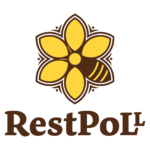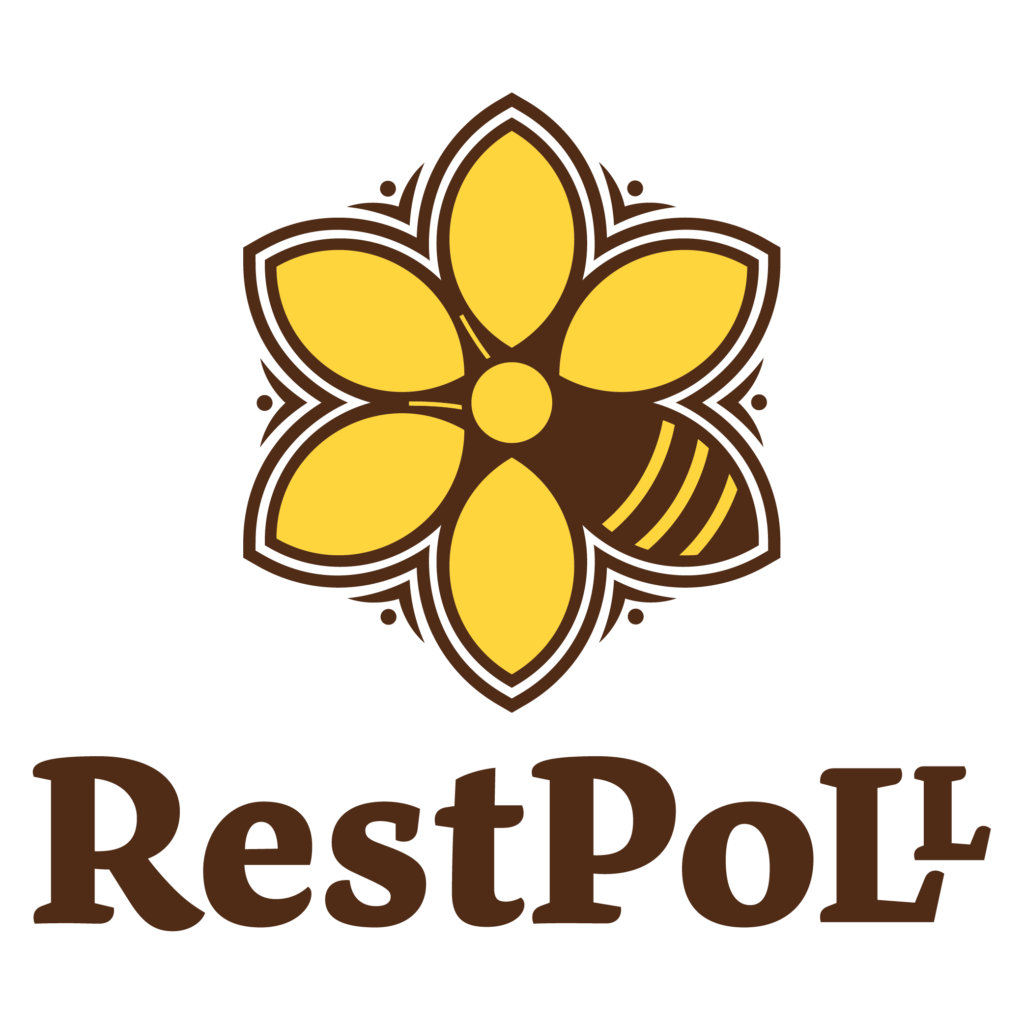The first Annual Group Meeting of the RestPoll project in Freiburg marked a celebration of all the work done during the year. Novel fieldwork was conducted across Europe and pioneering publications for important journals were drafted. The foundations of these efforts lie within Work Package 1 of the RestPoll initiative. A summary of all milestones, monitoring, design and assessment achieved follows below.
Work Package 1 concerns itself with establishing and testing co-adaptive management in a European restoration network. In the past year, the main aim was to set up the case study areas, as well as the protocols to survey and monitor their operations. The coming year revolves around data collection to test the impact of co-designing or co-developing restoration measures.
Deliverables and milestones achieved
Over the past summer, a network of 17 case study areas were established all over Europe. Most of them already carried out pollinator monitoring, which is required for at least two years during the project. Next year, all the case study areas will sample the effect of restoration measures including flower strips, inter-sowing or inter-planting, hedgerows and others.
In terms of deliverables, Work Package leader Alexandra-Maria Klein (University of Freiburg) was ready to tell everyone that the manuscript on the establishment of the case study network had been submitted to the European Commission in September. The framework and protocols for the network were all due for publication in December. Both a framework on the restoration measures and a report on the effectiveness of the rapid assessment methods are set to appear in January 2027.
Among the milestones, a database of the most promising study sites and the draft report on the protocol framework were published in September 2024. A list of co-designed and non-co-designed measures as well as an outline protocol framework are also slated for December. Going into 2025, the foundations for the Work Package have been firmly laid.
Fieldwork conducted
Not only was the case study area network designed, but a lot of fieldwork was done this summer. Transect walks of 150 meters were established to monitor bees, butterflies or hoverflies that land on flowers. All case study areas did at least three transects and one vegetation survey of flowering plants on a small subsection. Next year is going to include pollination monitoring to see whether flowers are receiving enough visits by pollinators. Nick Rosenberger (University of Freiburg) is currently developing this protocol, required to be used by each Living Lab.

Felix Fornoff presents the results of Work Package 1. Photographer: Yannick Noah Layer
Research data and design
On the establishment of the case study network, Felix Fornoff talked about the data that underpin the paper written this September. These data are included in a meta-database repository which describes the locations, farms, sites, implementations, measures and monitoring. As a result, the unique co-design approach of RestPoll at the scale of the EU is available both internally and externally to other researchers interested in this project.

The framework for establishing the RestPoll case study and Living Lab network
After Felix, Annie Ouin (Institut national polytechnique de Toulouse) spoke in more detail about the surveying and monitoring protocol in use for the assessment of pollinators or flowers. She mentioned both the basic rules and the necessary flexibility involved in this sampling design, such as dealing with various species or labelling issues. A full botanical record should be taken once a year, while pollinator and flower records can take place 3 or 4 times per annum. The weather can play a problematic part in the surveying process, as observed this summer.
Assessing measures
Next, Remco Ploeg (Wageningen University) discussed the role of co-design in assessing restoration measures. While pros and cons of such stakeholder involvement have been reported, he much prefers to see co-design as a scale rather than a binary attribute. To this end, the team developed and piloted a questionnaire for researchers on effects and characteristics of co-design in the case study area. Partners that surveyed this year should fill in the questionnaire to evaluate the impact of co-design on restoration measures.
Finally, Nick Rosenberger relayed the rapid assessment measures planned for RestPoll. Such methods will enable monitoring of both pollinators and the pollination services to be implemented in a quicker and more efficient way by farmers and citizens in addition to scientists. Stakeholder assessment includes implementation and feedback as well as survey tools. The rapid assessment will be developed in summer 2025 and a protocol will be drawn up by 2026, partly based on existing tools that already proved their value.
In sum, Work Package 1 made a lot of progress over the past year. A range of tasks within the WP were completed. Fieldwork was carried out this summer and it will be continued next summer as well. It looks like WP1 will have lots to share at the next group meeting.

